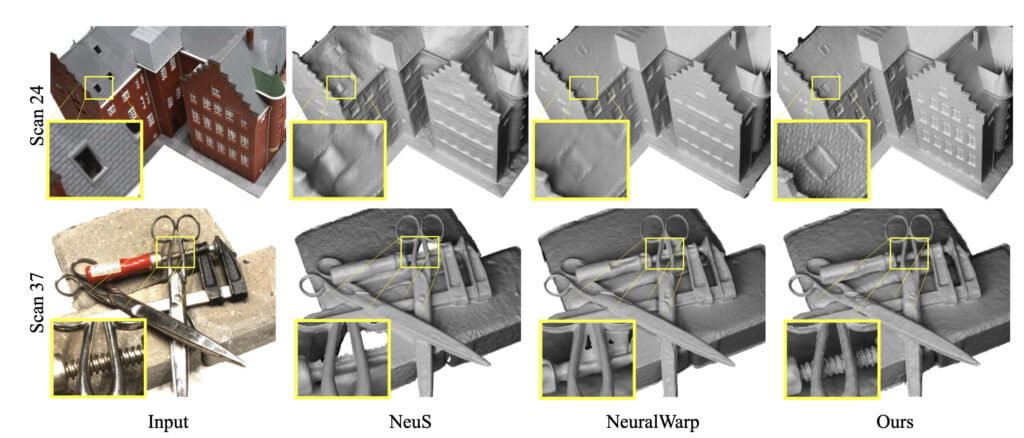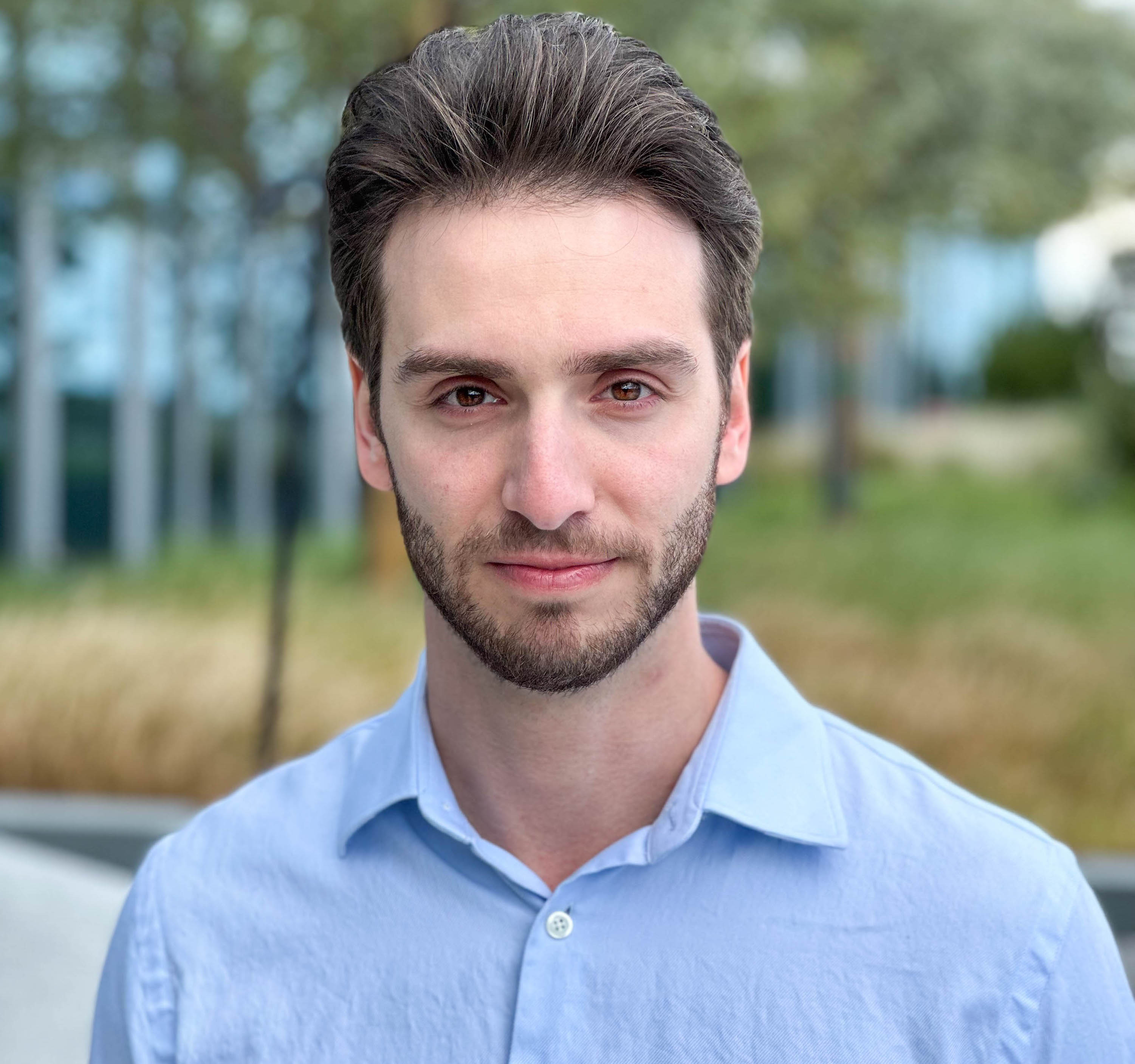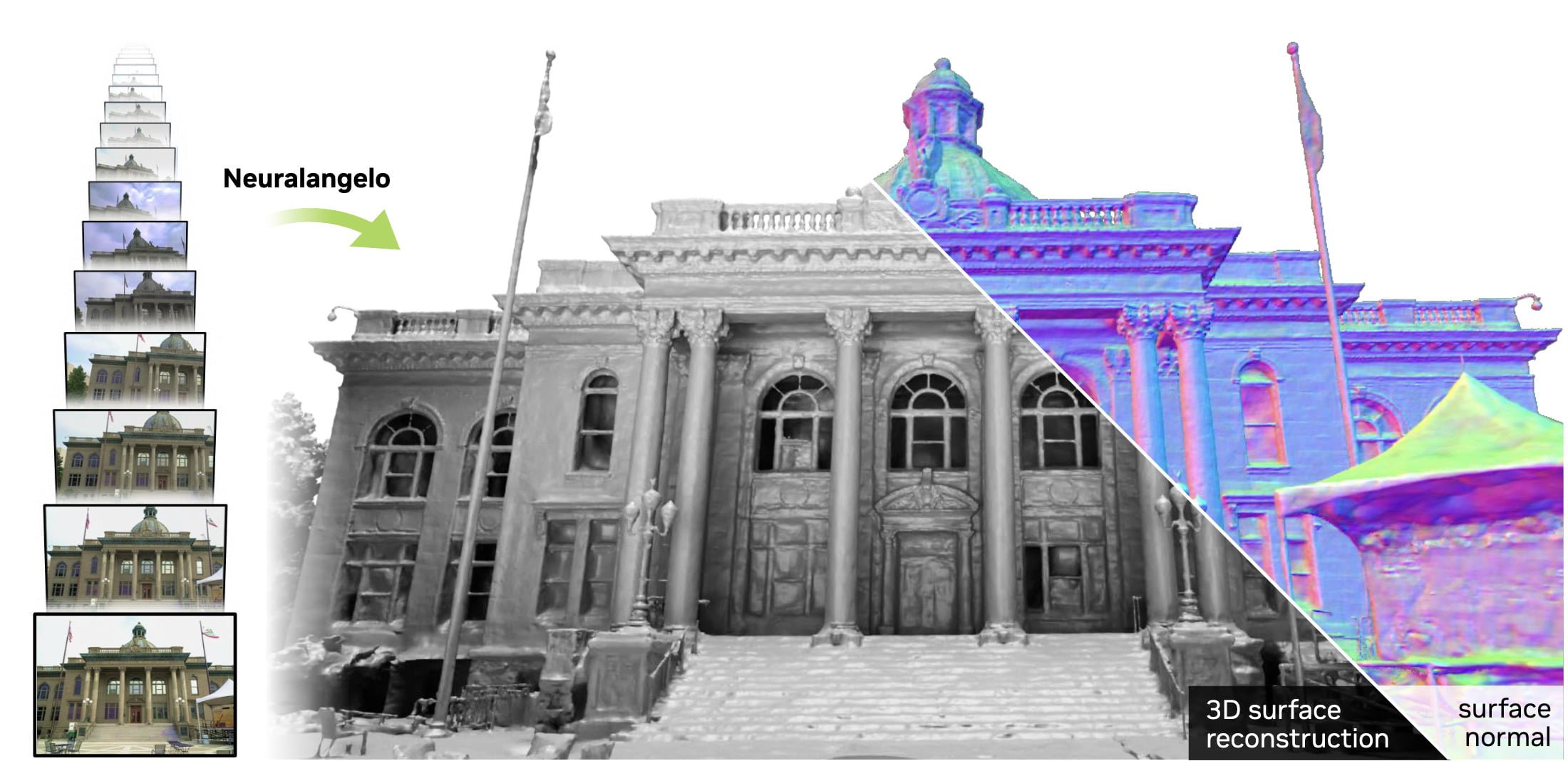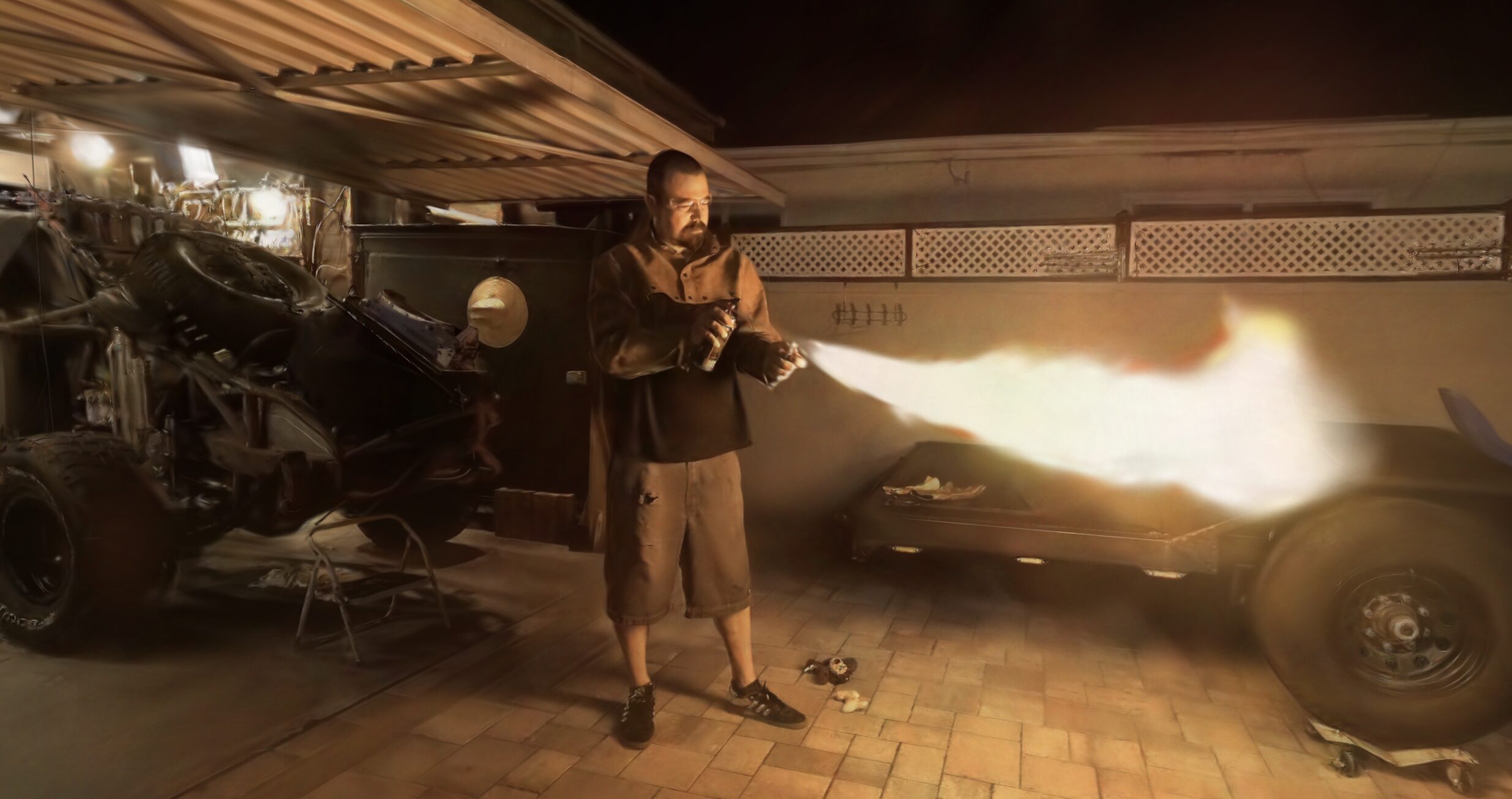The question that pops up repeatedly in the NeRF Discord is how do I get a clean geometry or surface normals? Until now, with Instant NGP, that hasn't been consistently possible. Neuralangelo builds on top of the paper that launched Instant NeRF, Instant Neural Graphics Primitives by utilizing multi-resolution hash encoding along with neural SDF representations. Thomas Müller and Alex Evans of the original paper return with Neuralangelo.
NVIDIA doesn't move often, but when they do, it tends to be large. Today is no exception with the introduction of Neuralangelo.
One problem in the short life of NeRF thus far has been how to define the scene to represent the underlying 3D geometry. While there is a method called heuristic thresholding that is used, it is often noisy and may not model the scene structures accurately. Neuralangelo is able to achieve high fidelity 3D surface reconstruction from standard RGB images and the results truly are high fidelity.
Neuralangelo builds upon hash encodings to recover surfaces but without the need for auxiliary inputs used in prior work.
The traditional methods for 3D reconstruction, known as multi-view stereo algorithms, have struggled with ambiguous observations and often produce inaccurate or incomplete results. Neuralangelo, on the other hand, leverages the representation capabilities of multi-layer perceptrons (MLPs) to create an implicit function that can meaningfully interpolate between spatial locations, resulting in smooth and complete surface representations.
What sets Neuralangelo apart from previous methods is its ability to recover detailed structures with fidelity surpassing that of existing techniques. This is achieved through two key ingredients: numerical gradients for computing higher-order derivatives and a coarse-to-fine optimization approach. Numerical gradients enable the stabilization of the optimization process, while the progressive optimization schedule allows for the recovery of structures at different levels of detail.
One of the major advantages of Neuralangelo is its applicability to a wide range of scenarios, including dense geometric scene structures and large-scale scene reconstruction from RGB video captures. By using neural volume rendering and multi-resolution hash encoding, Neuralangelo surpasses previous methods in both reconstruction accuracy and view synthesis quality.
The Neuralangelo framework offers several significant contributions to the field of 3D surface reconstruction:
Incorporation of multi-resolution hash encoding: Neuralangelo seamlessly integrates the representation power of multi-resolution hash encoding into neural Signed Distance Function (SDF) representations, enabling the recovery of high-fidelity surfaces.
Techniques for improved surface reconstruction: Neuralangelo introduces two simple yet effective techniques to enhance the quality of hash-encoded surface reconstruction. The first technique involves using numerical gradients to compute higher-order derivatives, such as surface normals, which contribute to the stabilization of the optimization process. The second technique is a coarse-to-fine optimization approach that progressively refines the level of detail, resulting in more accurate and detailed reconstructions.
Empirical validation: Extensive experiments conducted on standard benchmarks and real-world scenes demonstrate the effectiveness of Neuralangelo. The framework outperforms previous methods in terms of reconstruction accuracy and view synthesis quality, showcasing its superiority in various datasets and scenarios.
The researchers evaluated Neuralangelo on two benchmark datasets: the DTU dataset, which consists of object-centric scenes captured by a monocular RGB camera, and the Tanks and Temples dataset, comprising larger-scale indoor and outdoor scenes captured using a hand-held monocular RGB camera. The results confirm that Neuralangelo achieves superior performance in terms of Chamfer distance (a measure of surface accuracy), F1 score (a measure of surface overlap), and peak signal-to-noise ratio (PSNR) for image synthesis. Neuralangelo sweeps the field by a meaningful margin. Interestingly, the results also demonstrate the versatility of Neuralangelo, evaluating both small and large scale scenes.

With its ability to recover detailed structures and surpass previous methods in accuracy and quality, Neuralangelo represents a significant advancement in the field. Whether it's creating digital twins of the real world or enabling autonomous navigation of robotics, Neuralangelo's potential applications are vast. The future of 3D surface reconstruction looks brighter than ever, thanks to Neuralangelo's innovation and groundbreaking techniques.
As the name suggests, it appears as though we are in the midst of a neural renaissance where several amazing methods and platforms such as NVIDIA, Luma, nerfstudio, and more are all appearing simultaneously. It feels as though any day can be the day where another massive breakthrough occurs. Today certainly was.
More from Michael Rubloff













